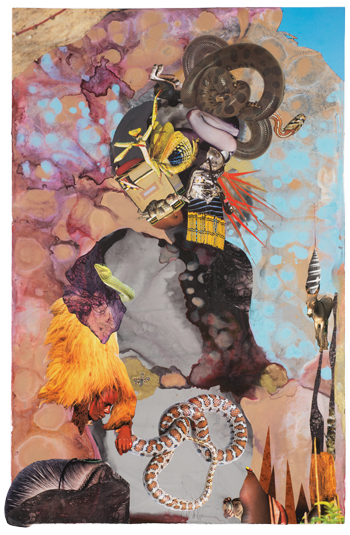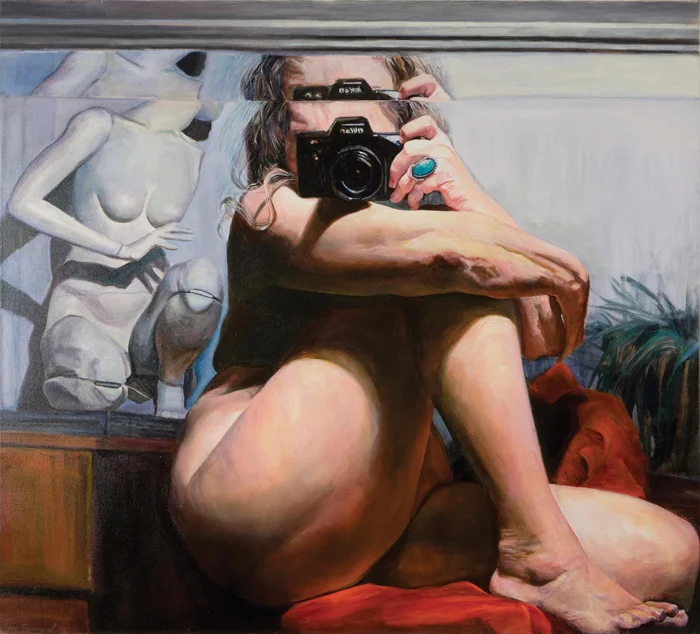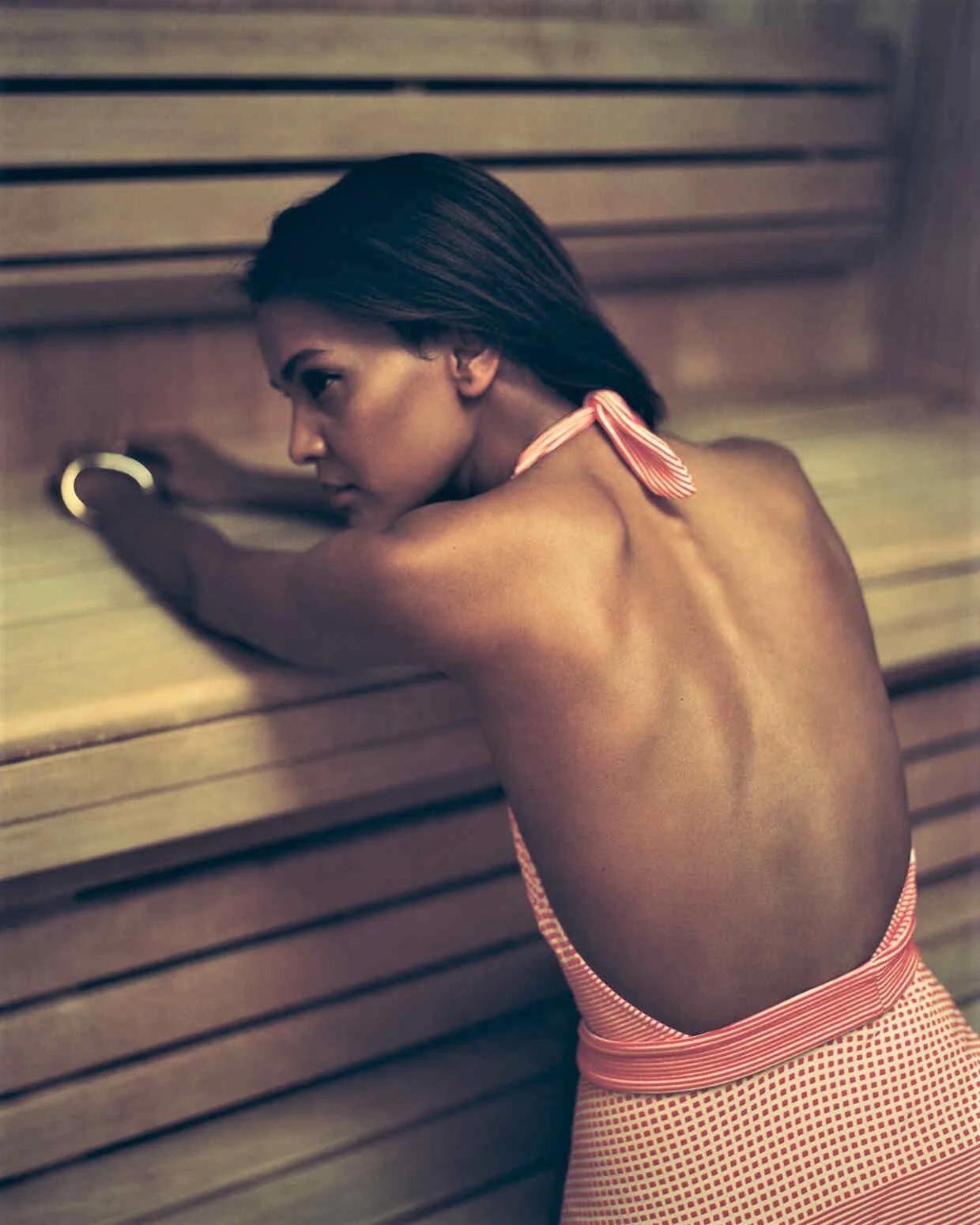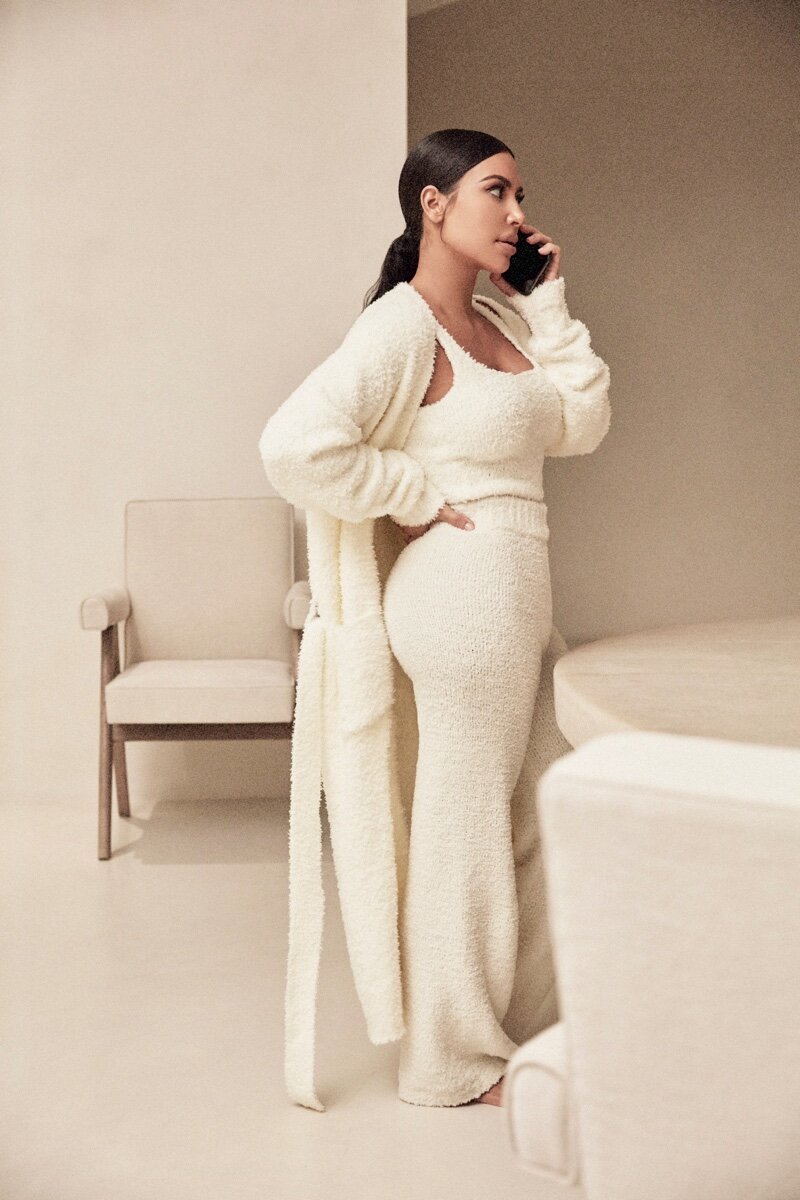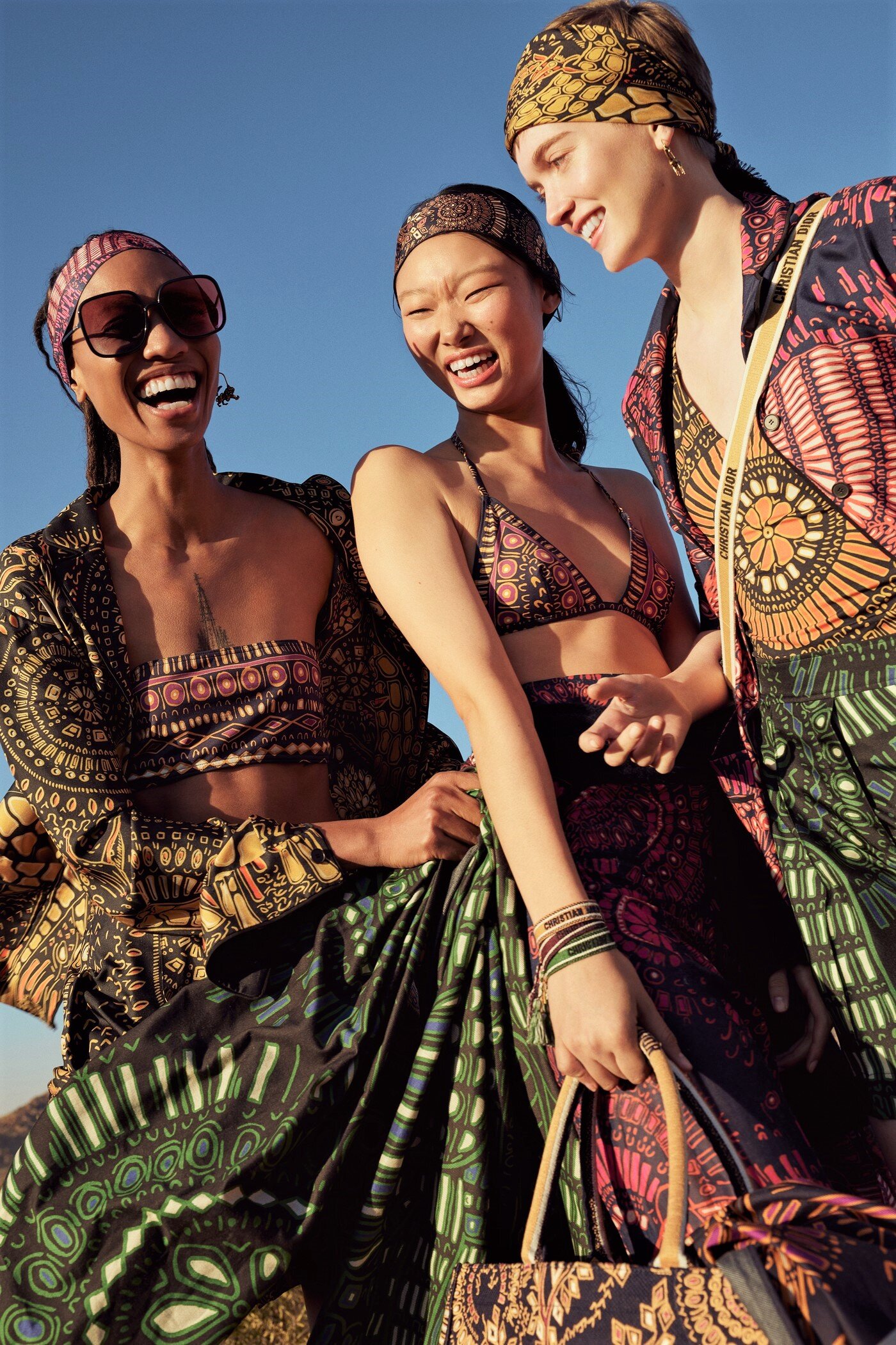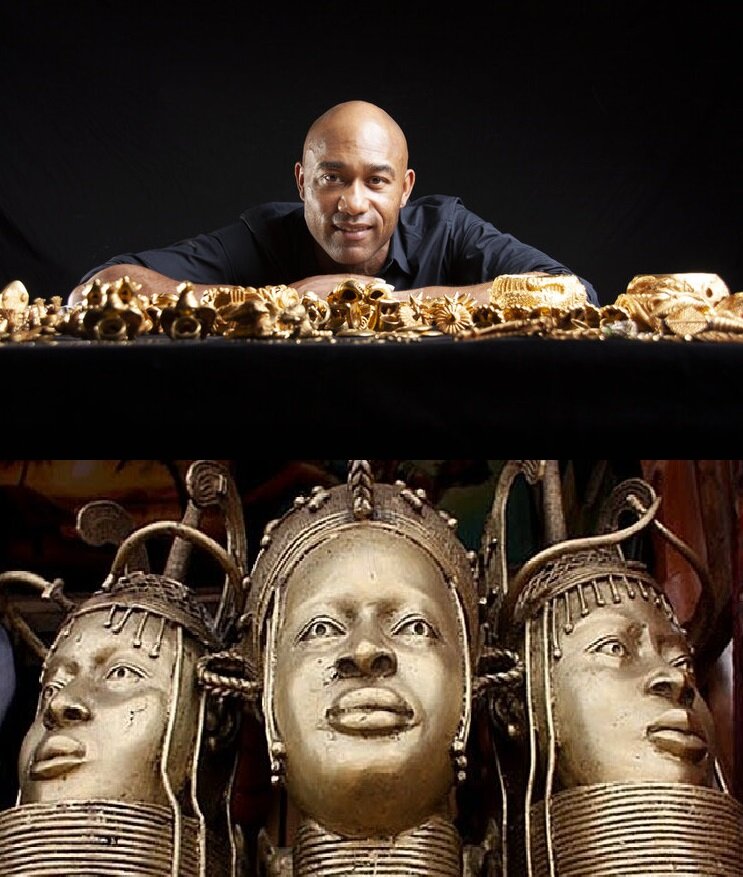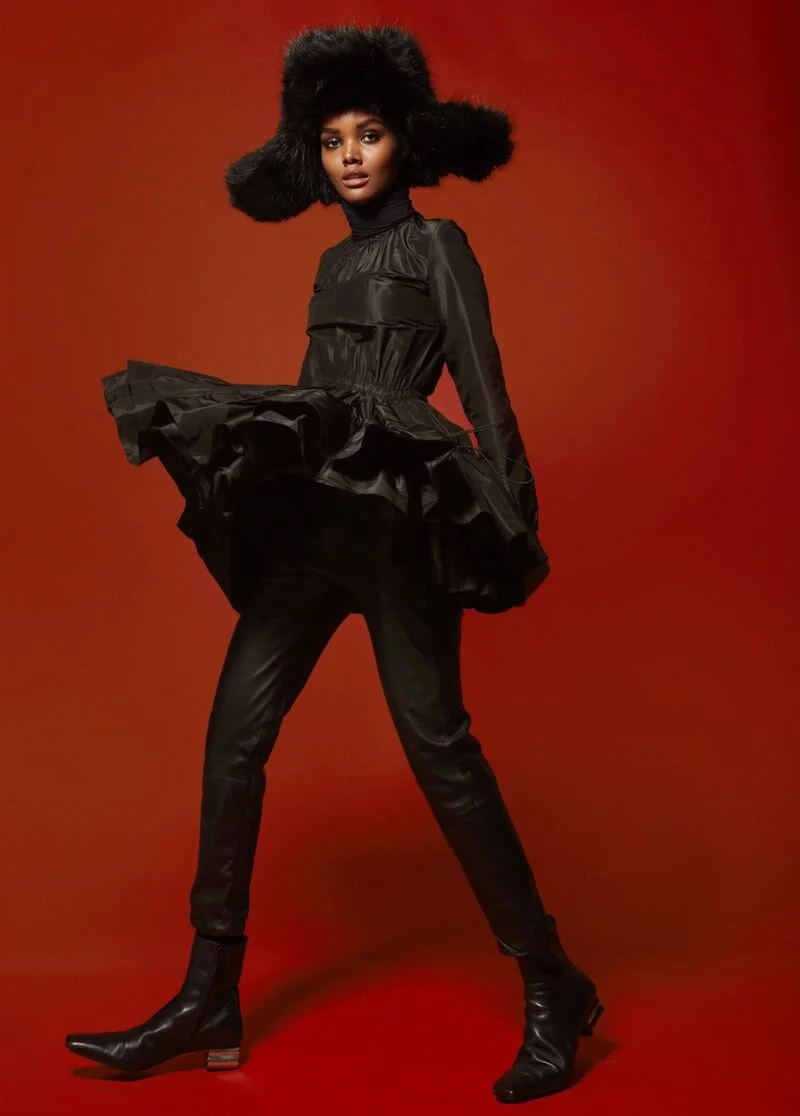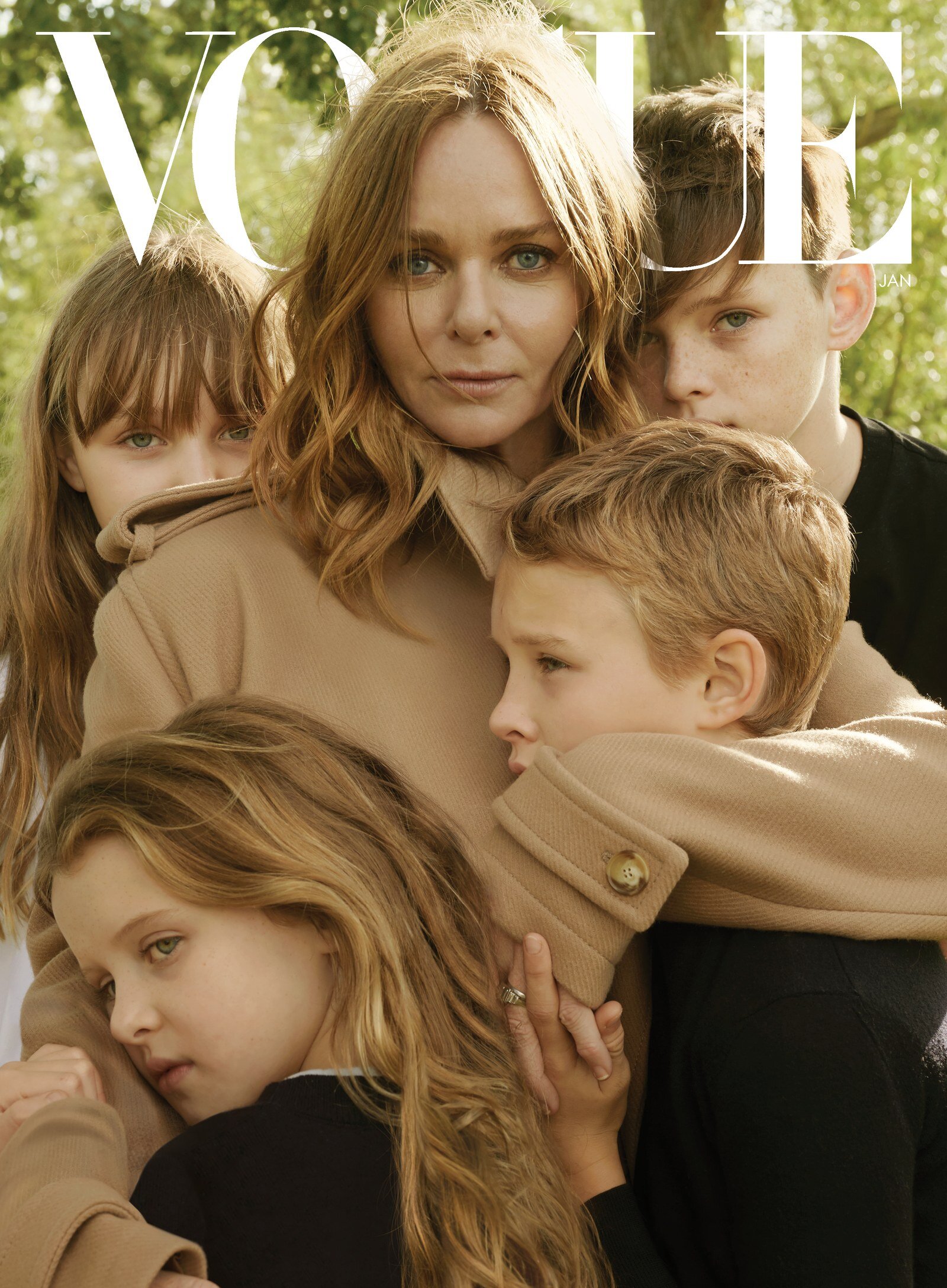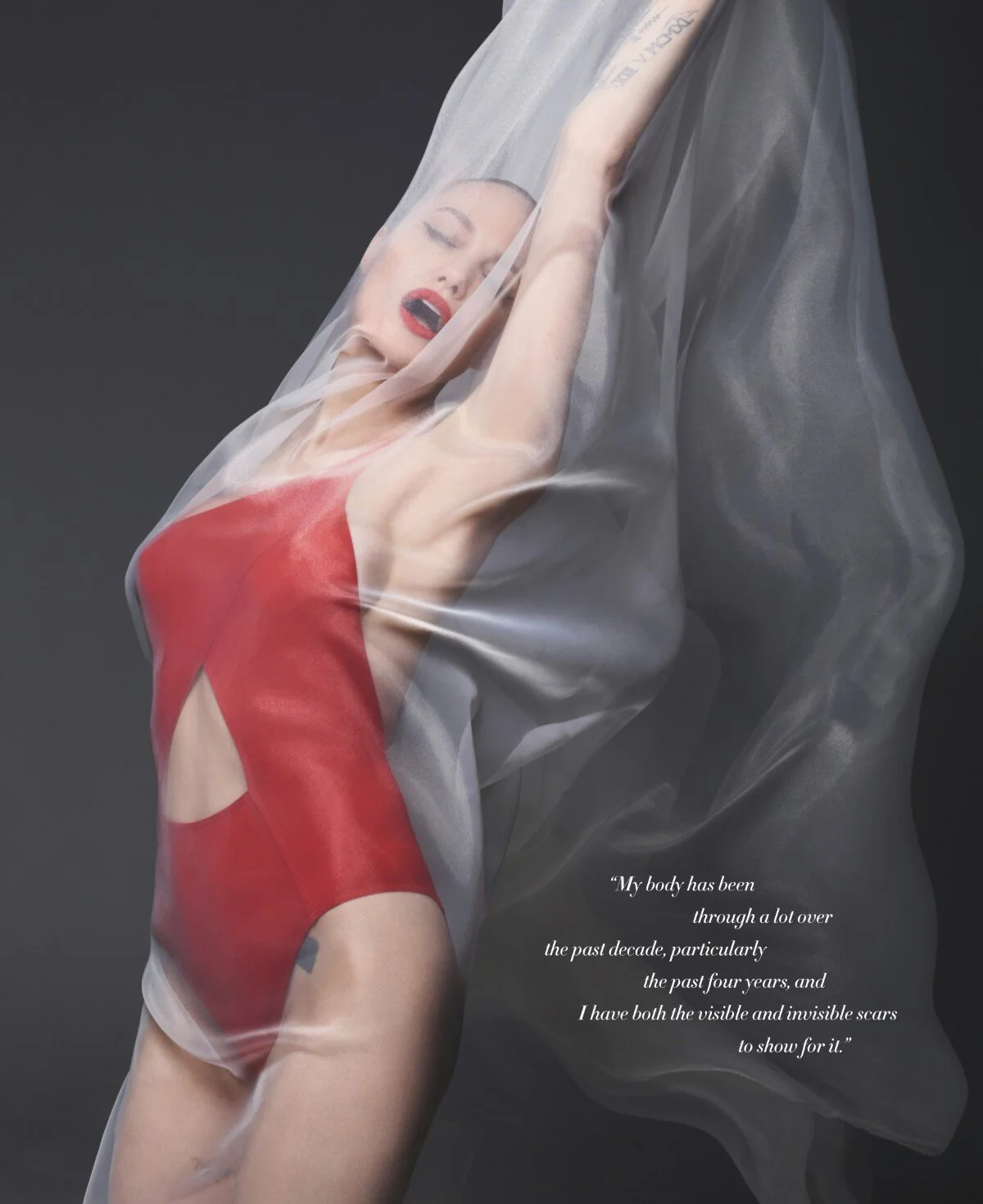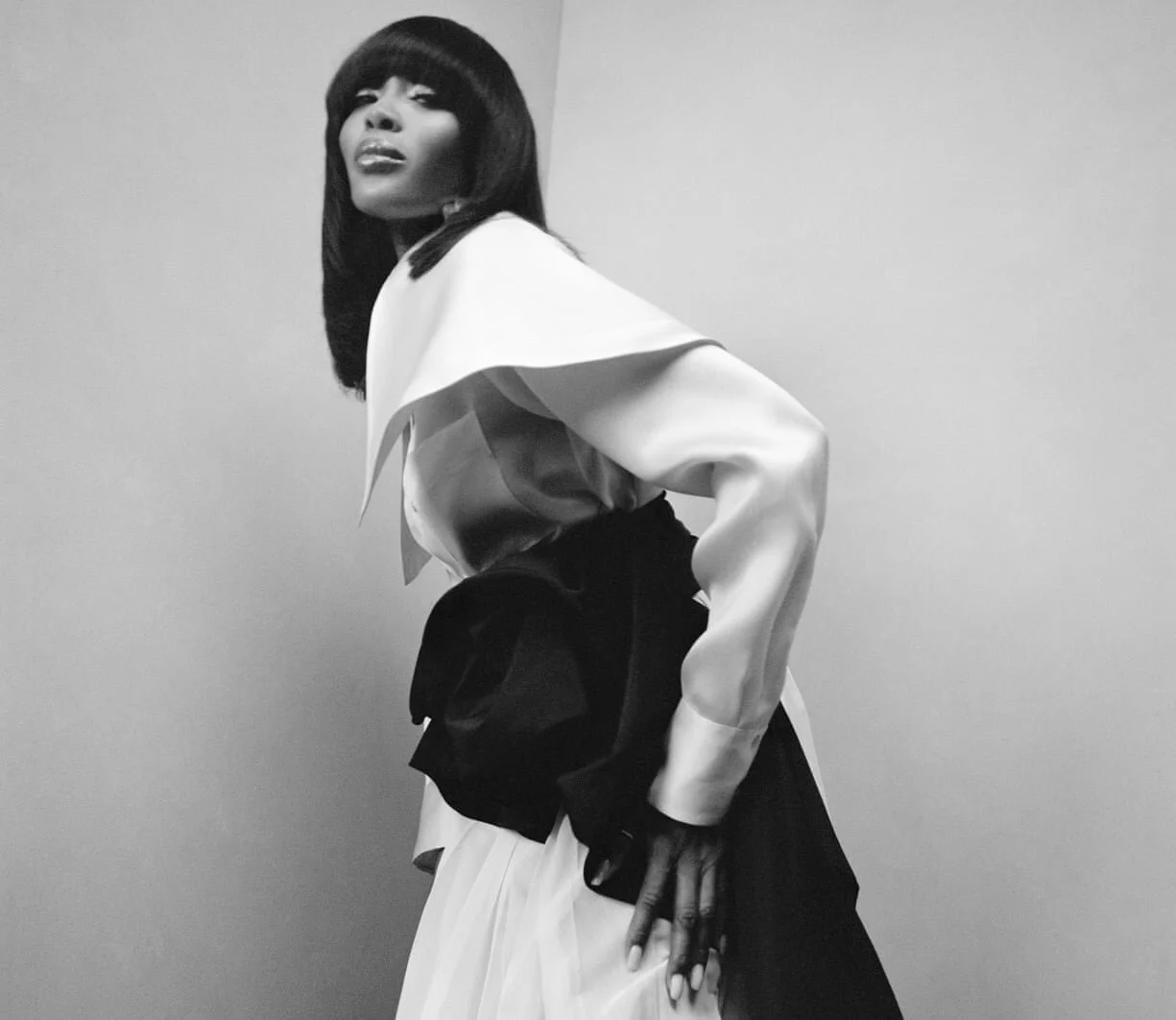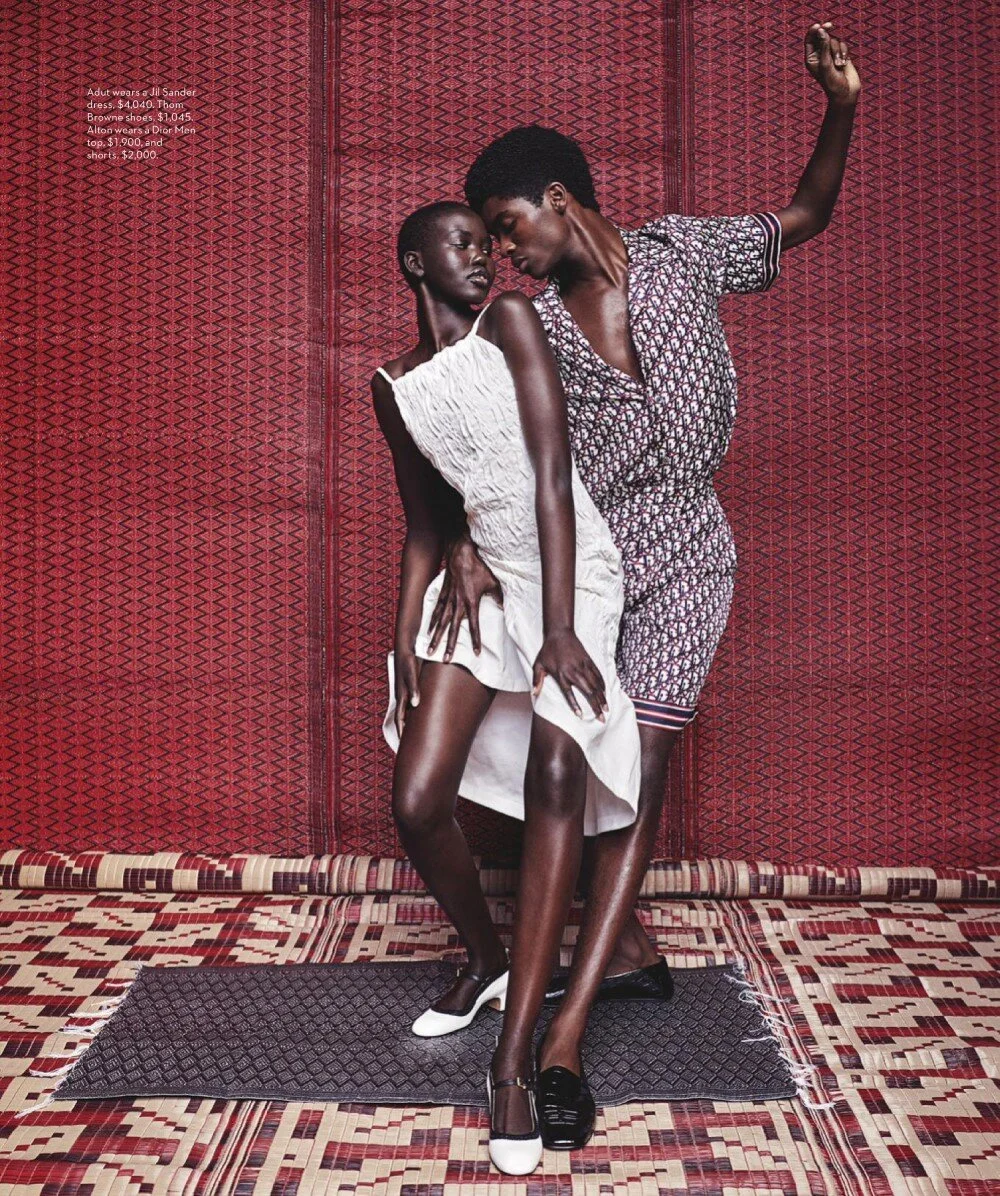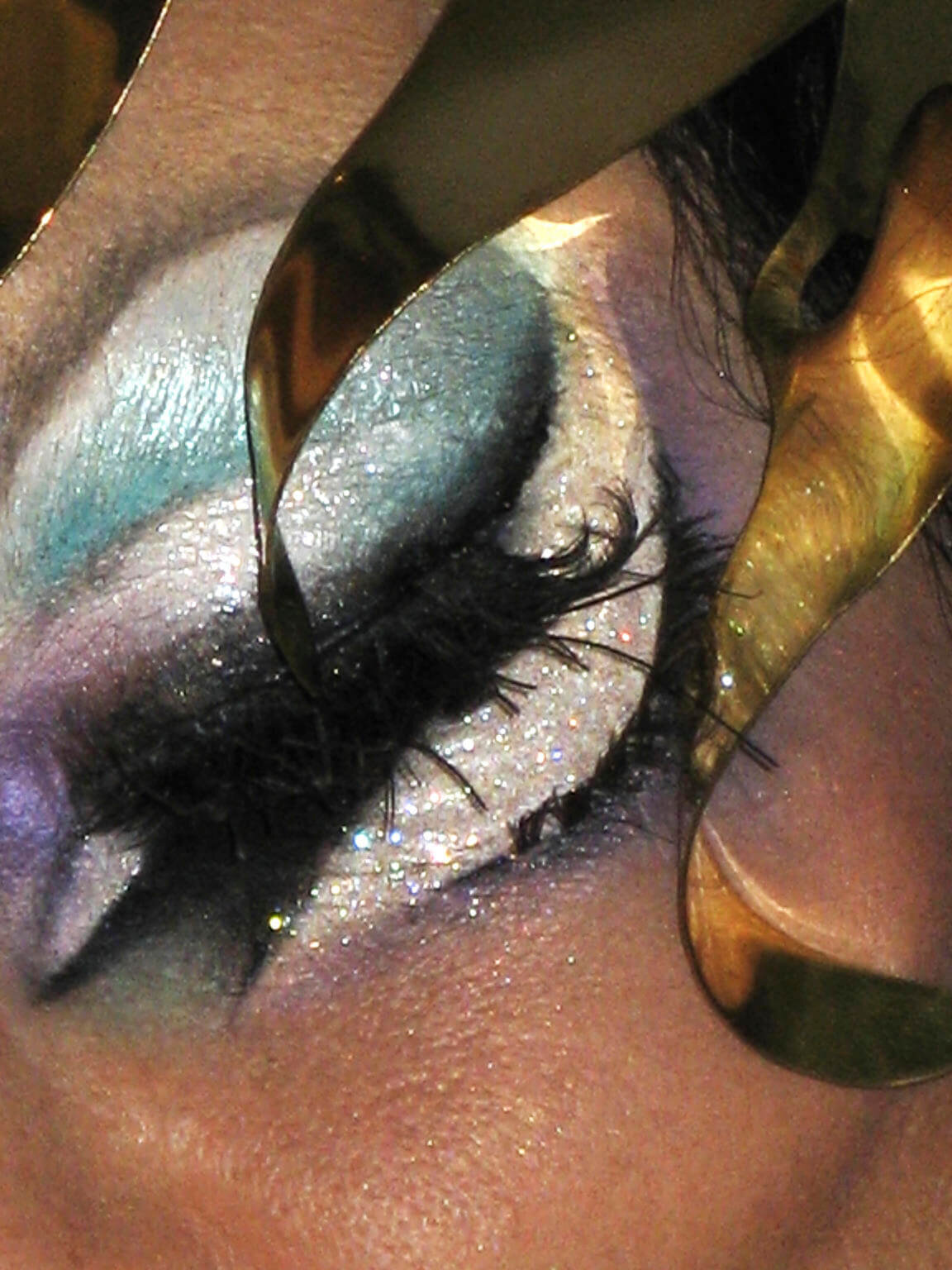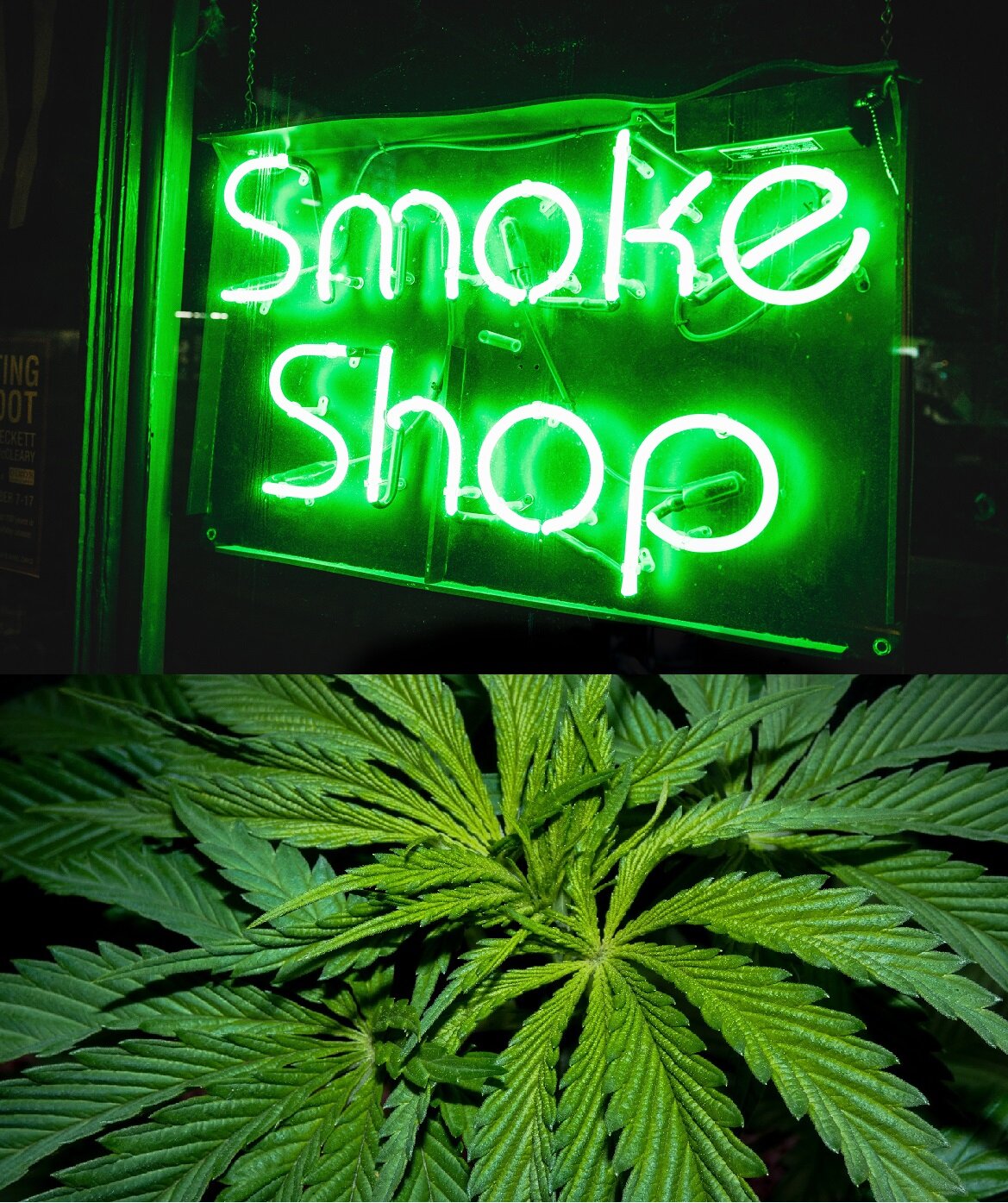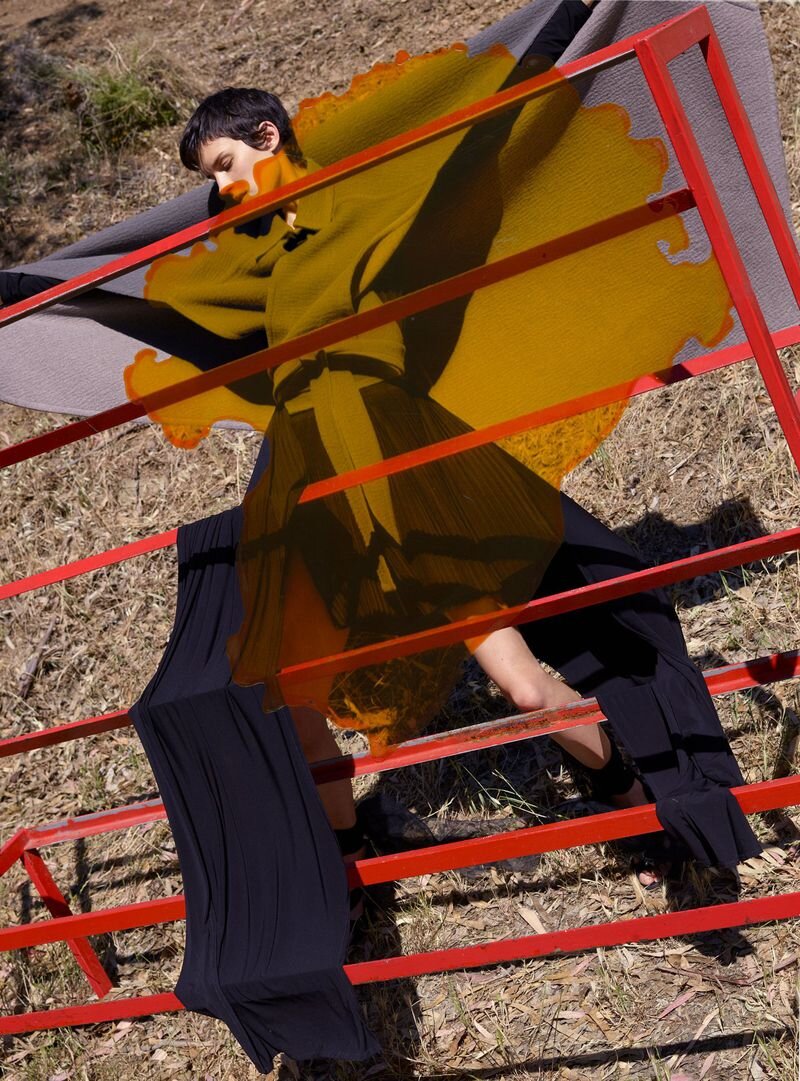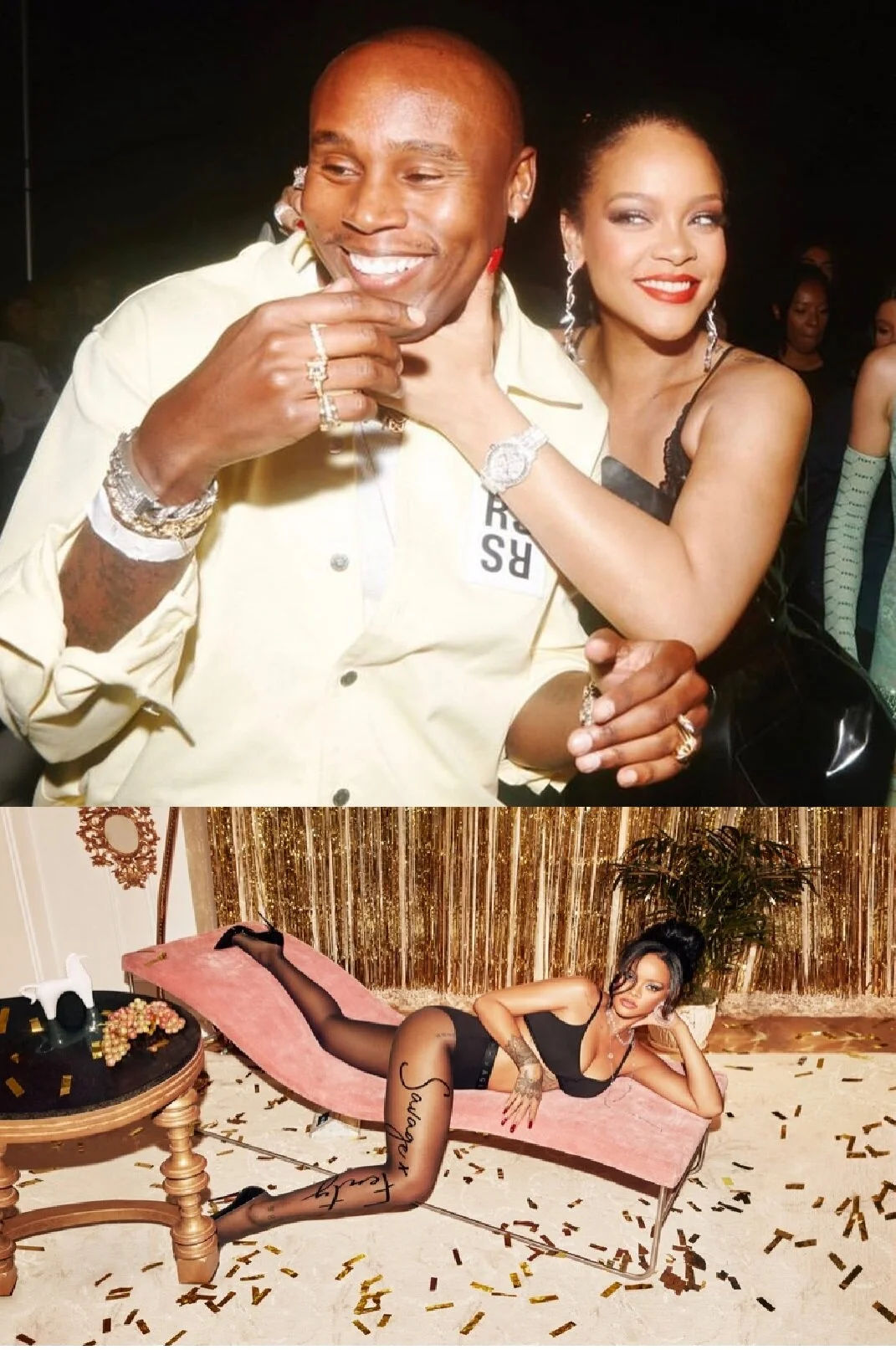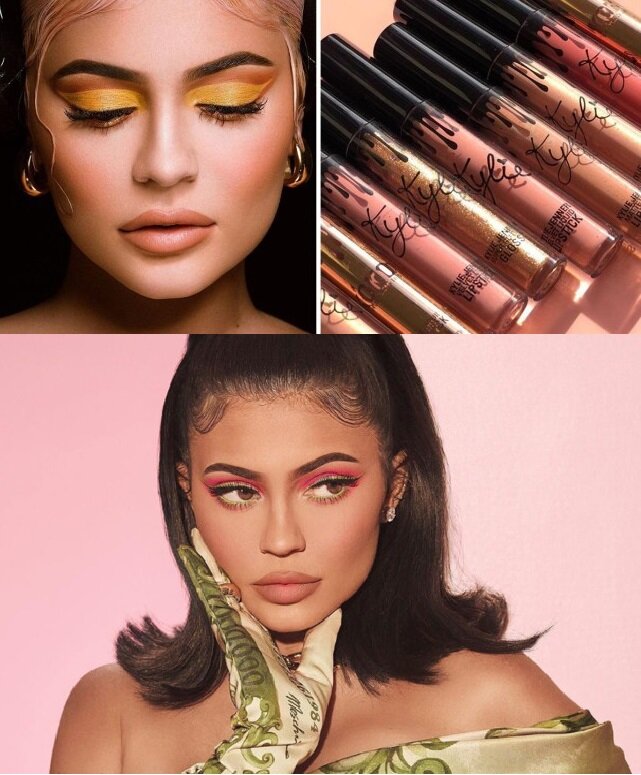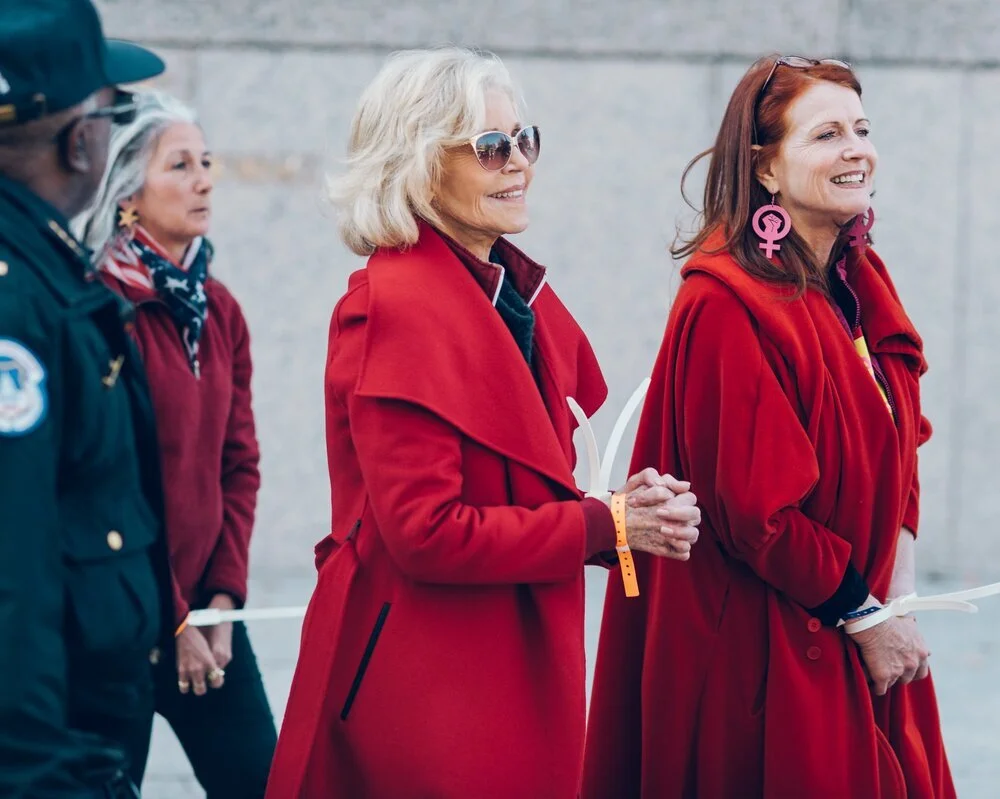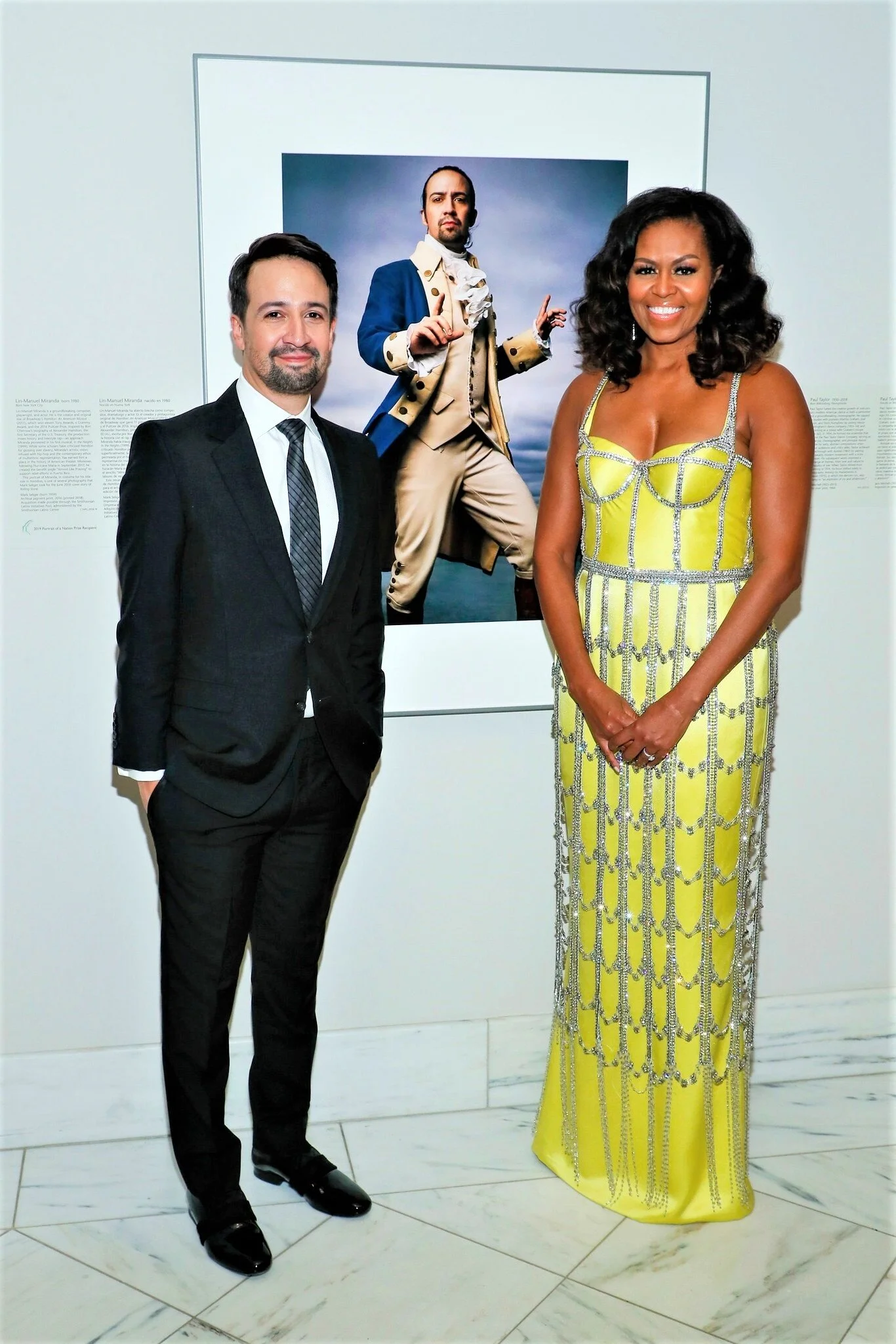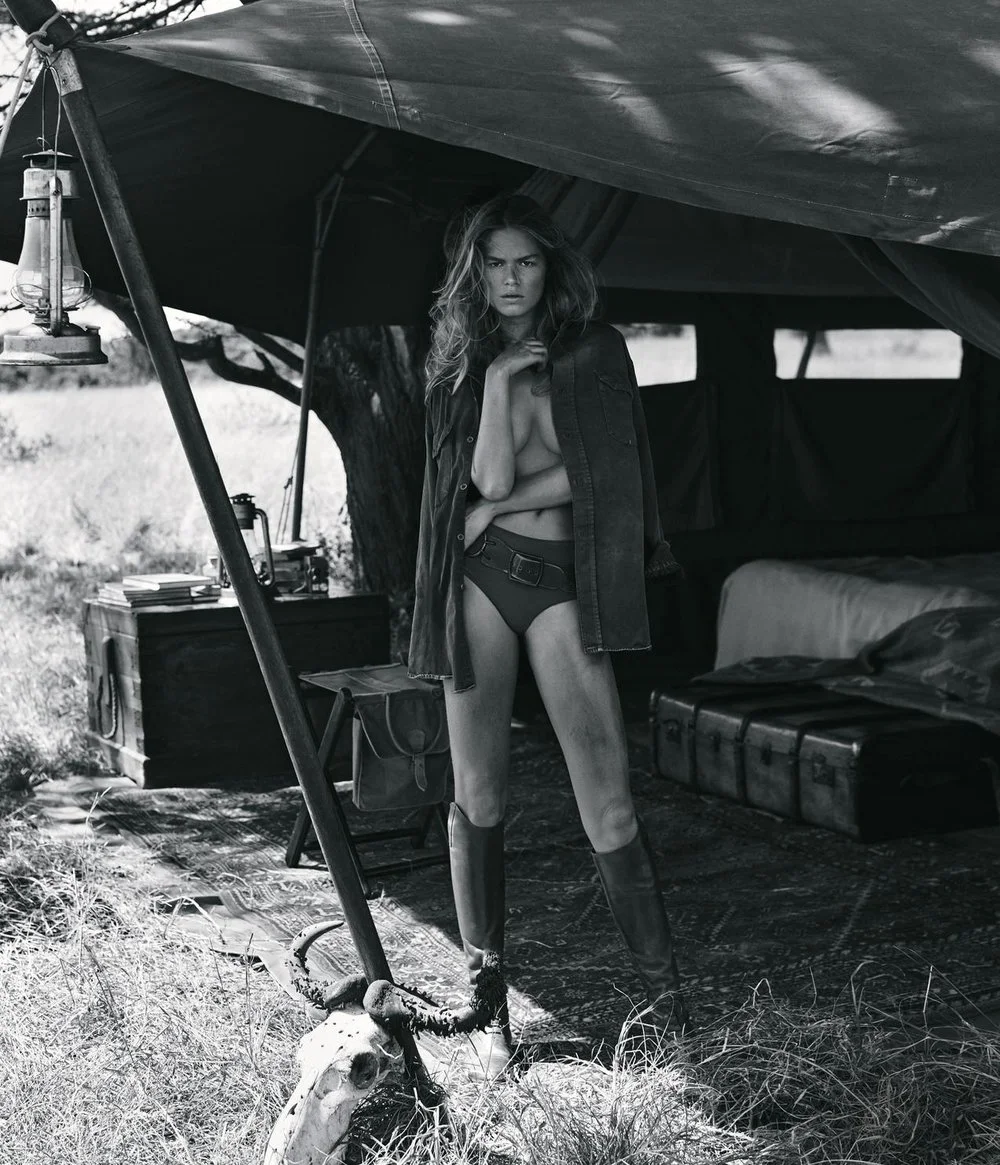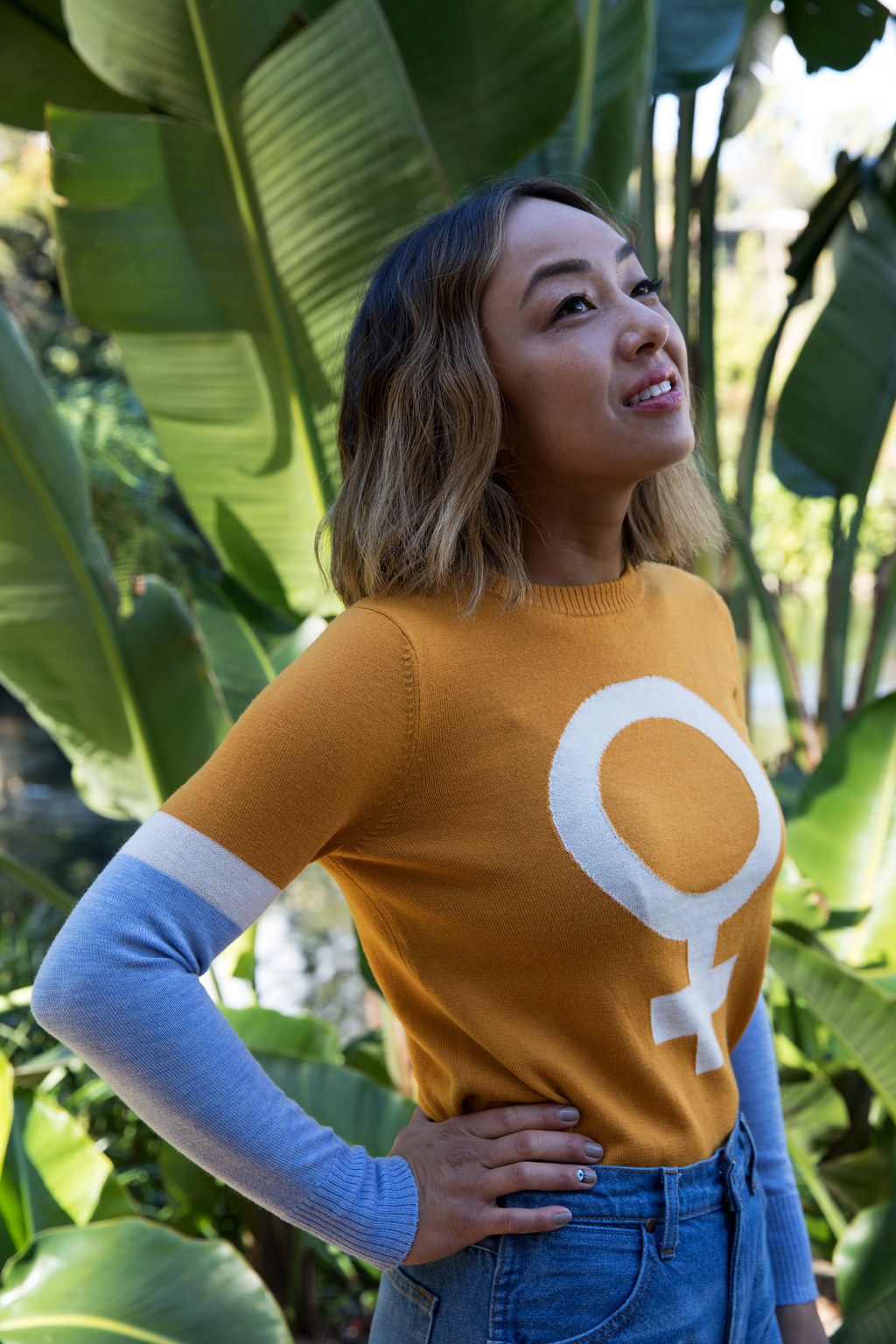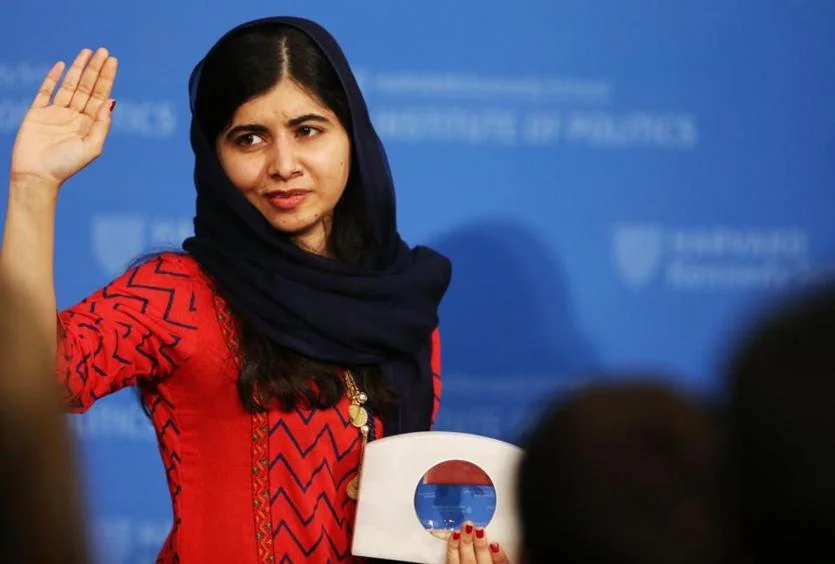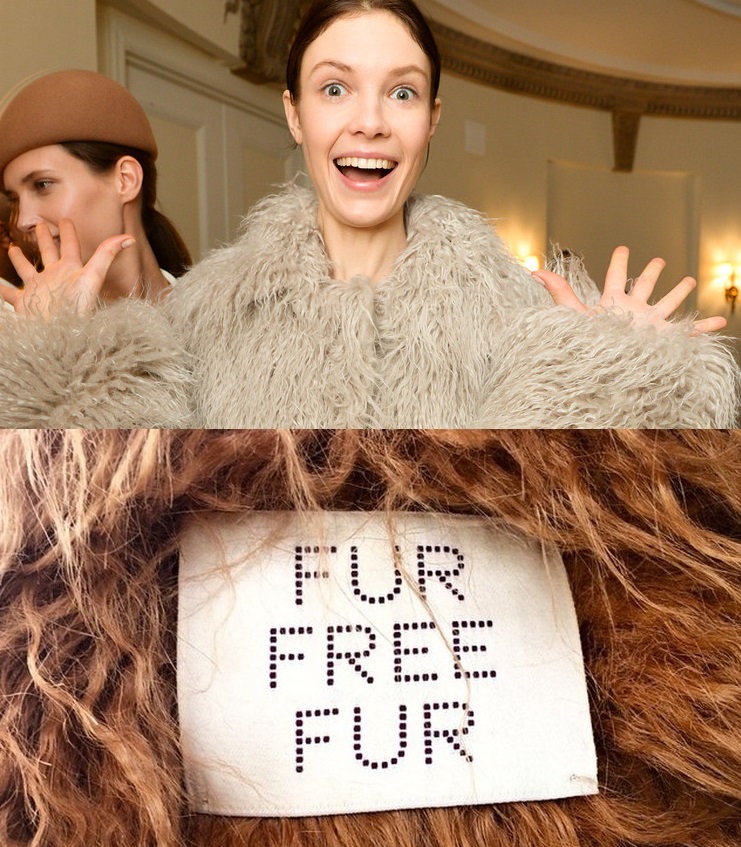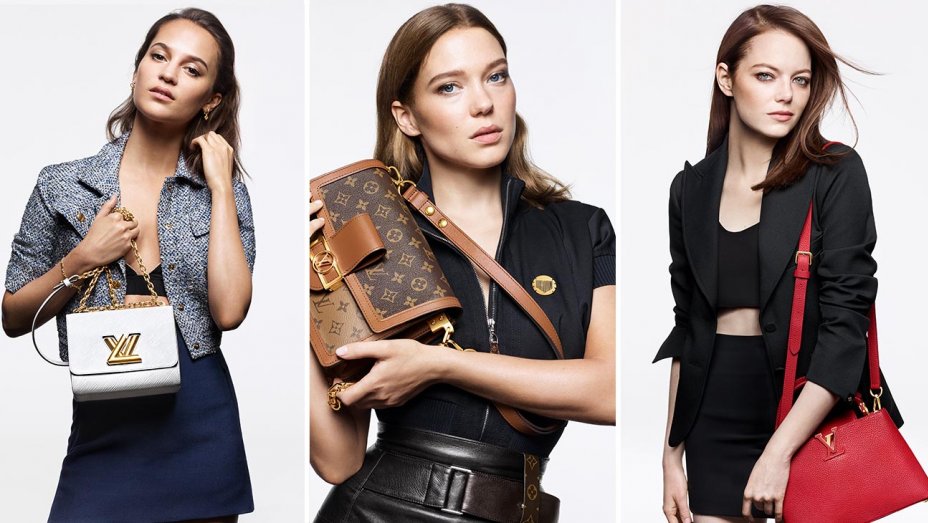Art News June 2015 Studies Progress Or Not For Women Artists
/The June 2015 issue of ART News is dedicated to studying Women in the Art World. The dense discussion of topics relevant to the lives of women artists worldwide includes a reprint of Linda Nochlin’s famous 1971 essay ‘Why Have There Been No Great Women Artists?’
Guest contributing editor Maura Reilly, the founding curator of the Elizabeth A. Sackler Center for Feminist Art at the Brooklyn Museum takes a look at the hard statistics in Taking the Measure of Sexism: Facts, Figures and Fixes.
There is no doubt that progress has been made. The New York Times wrote in 2006 that females now comprised 60 percent of students pursuing a ‘high art’ education. Reilly, like Nochlin almost 50 years ago, writes:
The more closely one examines art-world statistics, the more glaringly obvious it becomes that, despite decades of postcolonial, feminist, anti-racist, and queer activism and theorizing, the majority continues to be defined as white, Euro-American, heterosexual, privileged, and, above all, male. Sexism is still so insidiously woven into the institutional fabric, language, and logic of the mainstream art world that it often goes undetected.
In September 2014, ARTNET News asked 20 powerful women in the art world if gender biased and they responded with a thunderous ‘yes’.
Reilly continues with a study of major stats by gender in museums and galleries around the world.
Women artists contributing their perspective to this issue of ART News include Eleanor Antin, Lynda Benglis, Coco Fusco, Chitra Ganesh, Cleopatra’s, K8 Hardy, Deborah Kass, Carolee Schneeman, Cindy Sherman, Shzhzia Sikander, Mikalene Thomas, Betty Tompkins, Jamian Juliano-Villani, Wangechi Mutu, Martha Wilson, Guerilla Girls, and Carrie Mae Weems.
Nairobi born, Brooklyn artist Wangechi-Mutu — a personal favorite of mine — contributes a perspective that goes beyond numbers.
Wangechi Mutu, ‘She side-eye, 2015I think there are other ways as well to note the disparities—nuanced ways in which the absence of women is manifest—in terms of ideas, choice of imagery, type of work curated in exhibitions, and how the female form is presented. How often do women appear in art, and how do they sit and perform in the works? Is the figure always represented as docile, inactive, sexualized, or subordinate? Does she have an inferior role in a larger narrative that emphasizes the superiority of the male protagonist? Is her appearance stereotypical in terms of weight, skin color, hair texture, and facial expression? Statistics help document the unfair representation of women, but studies and analysis of conceptual and intellectual misrepresentation are also important.
Joan Semmel, Centered, 2002
Alison M. Gingeras contributes a companion essay Black-Sheep Feminist Artists, noting the just as feminism in the ’60s and ’70s wasn’t a monolithic movement, neither were women artists or feminist artists. Gingeras, an adjunct curator at Dallas Contemporary in Dallas, Texas, has organized a show ‘Black Sheep Feminism: The Art of Sexual Politics’, which will run from January 23 to March 18, 2016.
Even today, one of the most fractious issues within feminist political and artistic circles is the question of pornography and the politics of erotic representation. While much feminist art has been integrated into mainstream art history, artists who embraced a sex-positive attitude in their work have been systematically excluded from important exhibitions and catalogues devoted to women’s art. This subset—what I like to call the “black sheep” feminist artists—were in some cases actively subjected to censure in the ’70s. They are still largely overlooked within the legacy of feminist art as a whole. Artists like Anita Steckel, Betty Tompkins, Joan Semmel, and Cosey Fanni Tutti explored the extreme edges of feminist politics and sexualized iconography; for this reason, their work remains marginalized.
Reading this issue of ART News online is great brain food — and it’s free. Enjoy! ~ Anne

